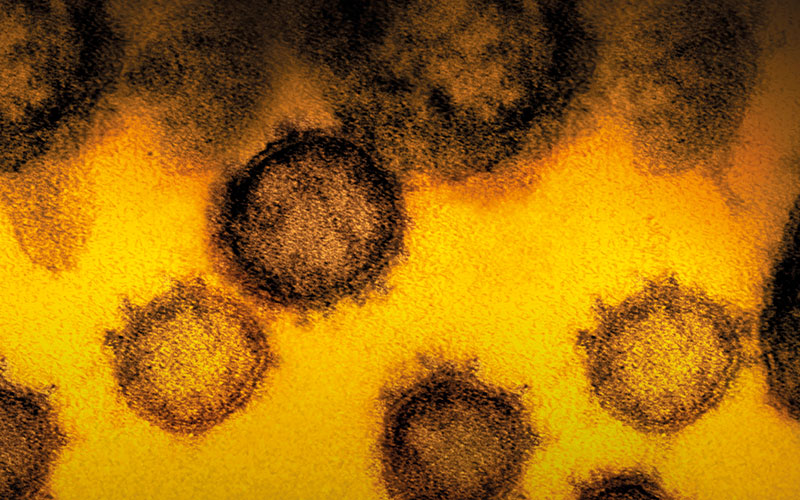Adrian Esterman, Chair of Biostatistics at the University of South Australia’s Cancer Research Institute, asks: “Can we believe the statistics about COVID-19?”

Well, in brief, probably not. The reason is that every single statistic that is quoted is either an educated guess, or has a heap of caveats attached to it, which are usually barely (or never) mentioned. Let’s look at some of examples of the commonly used rates, parameters and statistics that keep appearing in articles about COVID-19.
The epidemic curve
The epidemic curve is actually a bar chart showing the number of newly diagnosed cases of COVID-19 on the y or vertical axis, and the date or days from first diagnosed case on the horizontal or x-axis. Sounds simple? Let’s assume that the date is reasonably accurate. The number of newly diagnosed cases is highly dependent on two factors: (a) the accuracy of the diagnostic test; and (b) the number of people tested each day. With respect to accuracy, some tests use nasal swabs, others buccal swabs, and now we are just about to get fingerprick testing for blood samples. If more than one of these is used for the same person, then it is quite possible, and even likely, that they will disagree.
As for testing rates, if the probability of infection is spread evenly across the population, then if we double the number of tests, we double the number of diagnosed cases. Therefore, epidemic curves are really only useful if the testing criteria and rate are steady across the course of the epidemic. We can then interpret the patterns correctly. For example, if we see a downward trend of the initially exponential growth of cases, then it is likely to be true.
The case fatality rate This is the number of deaths from COVID-19 over a given period divided by the number of diagnosed cases. The numerator – the number of deaths – is likely to be reasonably accurate. However, the denominator – the number of diagnosed cases – suffers the same fate as the epidemic curve; it is very dependent on the testing rate. For example, to the right is a graph of case fatality rate by testing rate.
Please click here to read the full article
Please click here to read all the Science articles from The Biomedical Scientist




